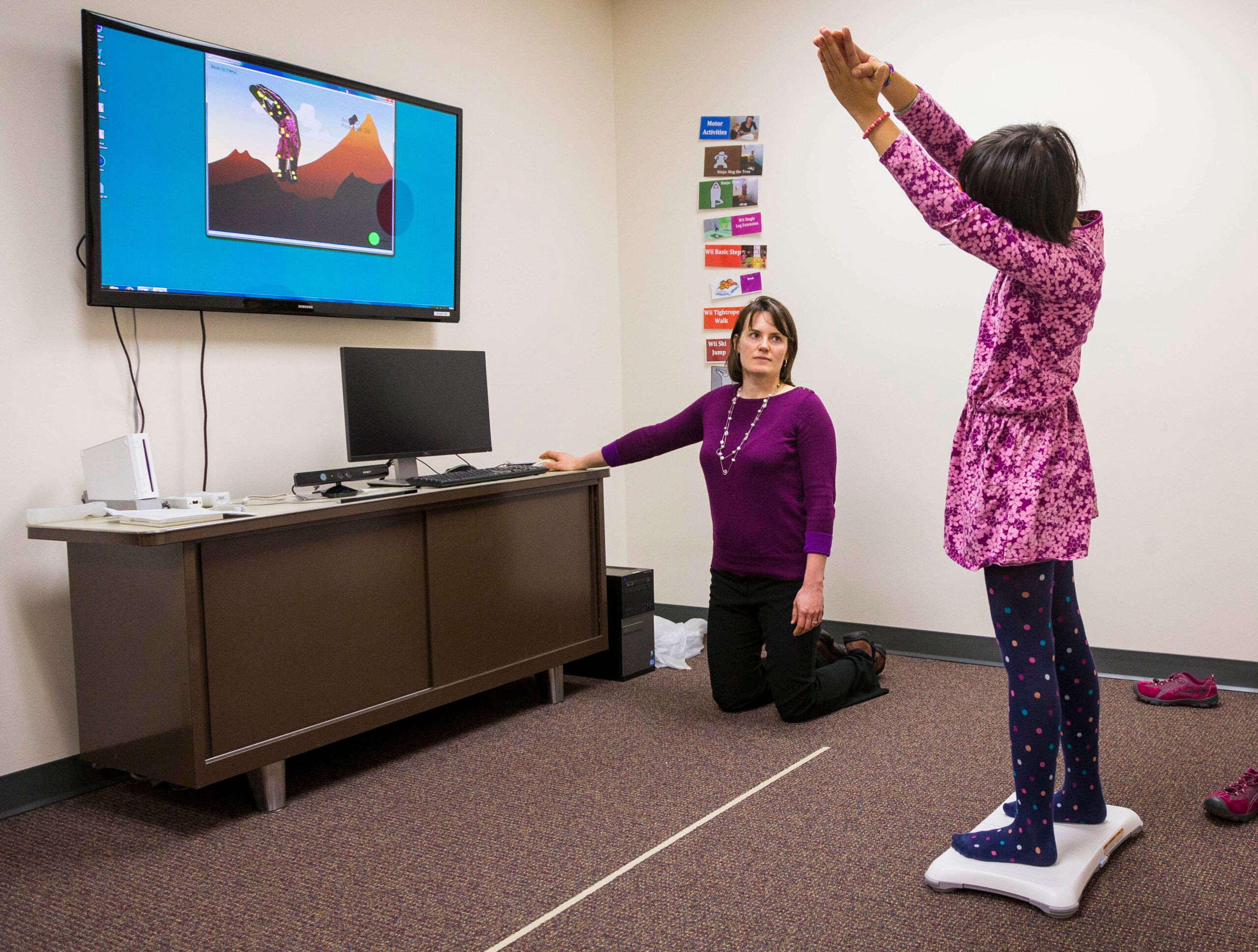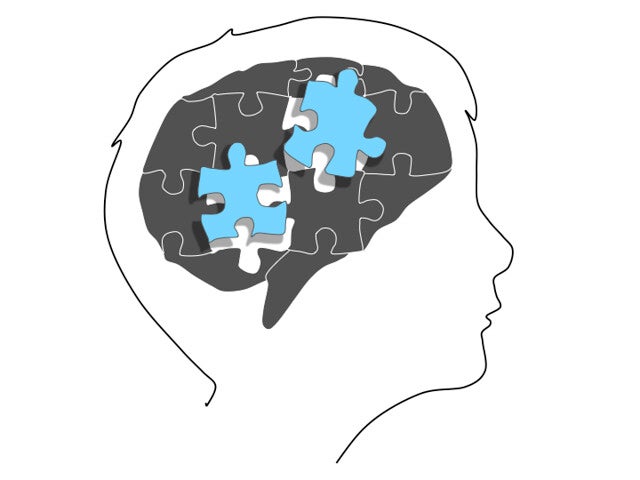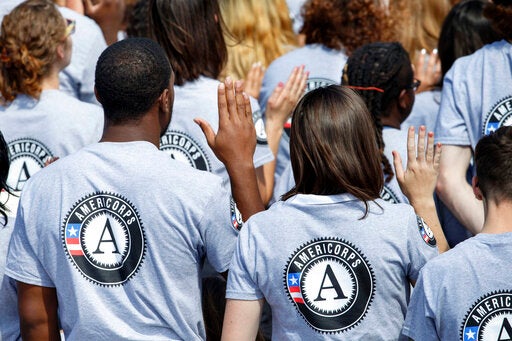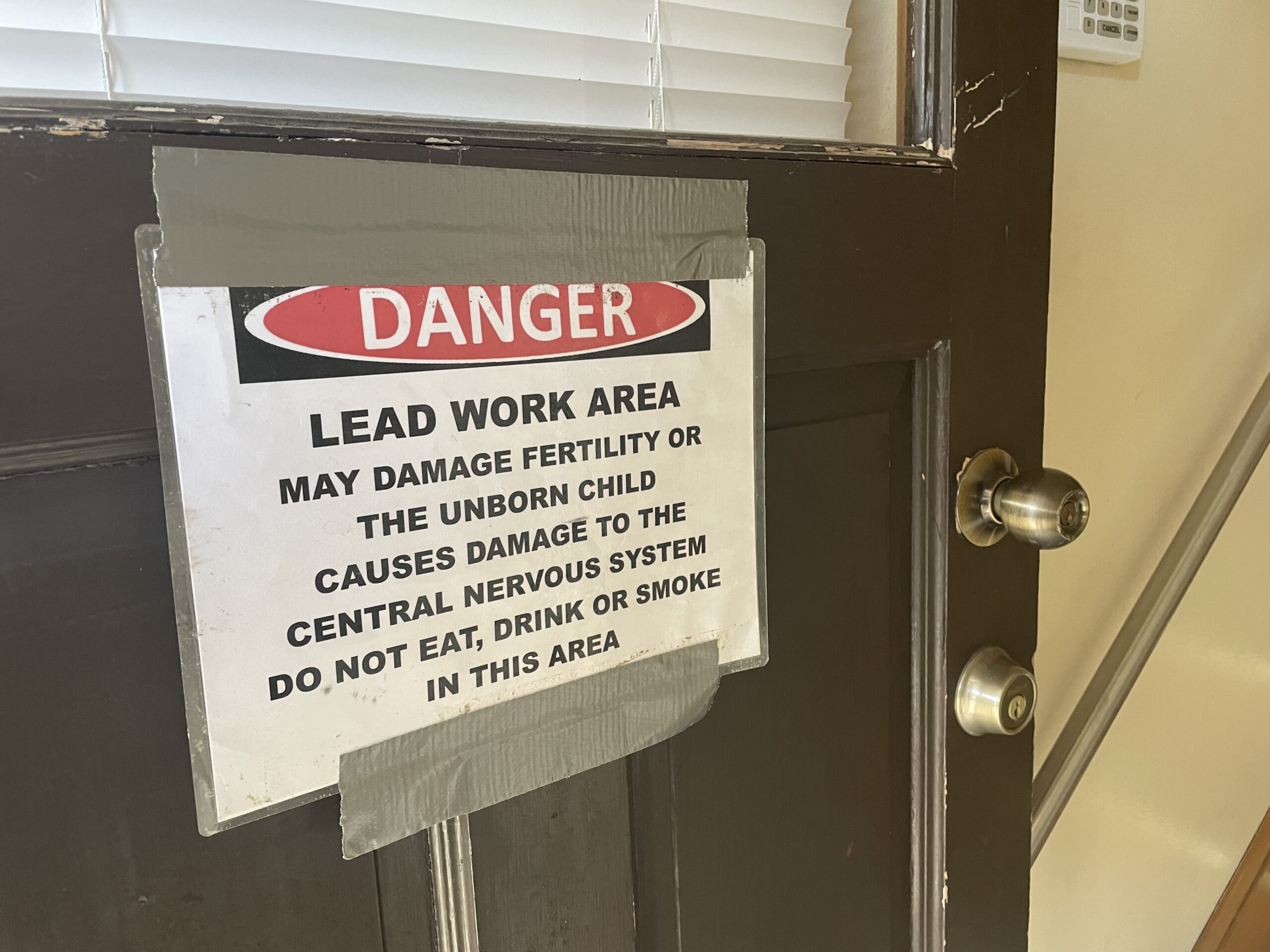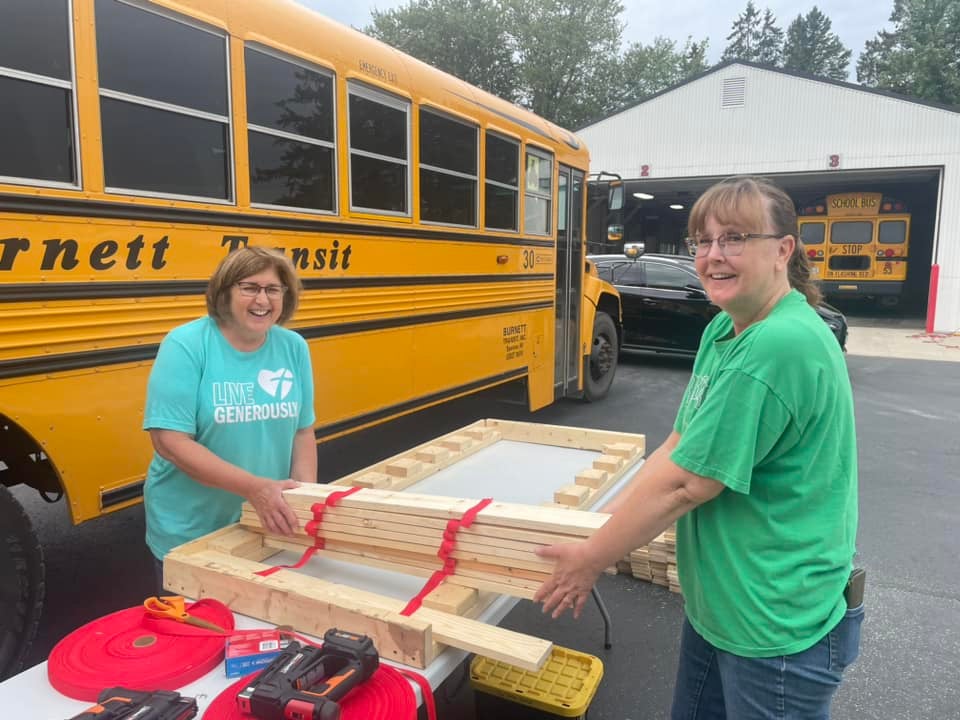It’s hard to think of an aspect of life that hasn’t changed since the novel coronavirus began spreading across the globe. Many aspects of life — from work, to school, to travel, shopping and socializing — are dramatically different than they were just a few months ago.
Adjusting to those new realities can be challenging for anyone. And for children and adults with autism spectrum disorder and other developmental disabilities, changes like this can be a big source of stress and anxiety.
Sigan Hartley is a University of Wisconsin-Madison associate professor of human development and family studies and the 100 Women Chair for the School of Human Ecology. She’s also a Waisman Center investigator, whose research focuses on positive well-being in individuals with developmental disabilities and their family members.
News with a little more humanity
WPR’s “Wisconsin Today” newsletter keeps you connected to the state you love without feeling overwhelmed. No paywall. No agenda. No corporate filter.
“It’s OK to recognize that this is a completely new challenge, that families are under stress,” Hartley said. “There’s a lot going on and things are changing every day.”
Hartley explained that while all children are missing out on the many benefits of in-person learning at school, for those who have developmental disabilities, there is a compounded loss because they’re also unable to take advantage of individualized instruction and support that’s provided in the school setting.
“Many of these are services that are really essential to helping that child learn skills and manage their emotions and their behaviors,” she said. “So now, not only are they not able to access some of the school services — which is sort of a universal experience right now — they’re not actually seeing all these additional therapies and supports and services that they used to get, that are really important for their daily lives.”
Hartley pointed out that it’s not only children who are dealing with decreased access to resources. Parents and other caregivers are also finding themselves cut off. That includes respite care that in more normal times give parents a break from being a primary caregiver, and also give the child time to interact with another adult who is trained to help them. But in a period of social distancing, that kind of interaction has been suspended.
As a result, Hartley said “parents, or siblings, or other family members who take on these care responsibilities are now taking on more responsibilities, so not just acting as the parents, but now also that special education teacher, that occupational therapist, that speech and language therapist. But they’re also getting less (of a) break.”
Some regular aspects of caring for a child who has a developmental disability like being on the autism spectrum can be even more important in a time of uncertainty. Hartley put sticking to a consistent routine high on that list.
Like everything else right now, that might look different than normal.
Hartley said for instance, “they can’t necessarily go access some of the things that they’re used to that may have been really good coping mechanisms, like going to the zoo, or going to certain parks, or going to a playground. And so developing a new routine.”
Hartley emphasized it can take time to create and build new routines, and that there are likely to be failures along with successes as parents try out different approaches. She suggested considering a few different factors, including a child’s attention span and their particular sensory needs. But she also advised parents to be willing to take into account their own needs as well, including what works for them, and what will be feasible for them to be able to do day in and day out.
While resources that were available before the COVID-19 crisis might not be available now, Hartley said there are some good options for helping a child with autism get through this period. She pointed to the website of the group Autism Speaks, as well as the Centers for Disease Control and Prevent and the American Psychological Association Division 33.
Besides general information on supporting a child on the autism spectrum, Hartley said they also provide resources specific to the current situation we’re in.
“They offer social narrative,” she said, “so pictures and stories about both how to set new routines and how to talk about COVID-19.”
Wisconsin Public Radio, © Copyright 2026, Board of Regents of the University of Wisconsin System and Wisconsin Educational Communications Board.
